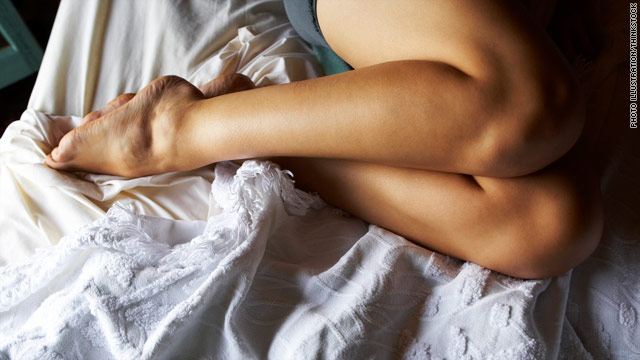Lisa Shives, M.D., is the founder of Northshore Sleep Medicine in Evanston, Illinois. She blogs regularly on The Chart. Read more from her at Dr. Lisa Shives’ Sleep Better Blog.


It is frustrating, to both patients and doctors, that modern medical science often lacks understanding of or treatment for common, everyday ailments.
One such ailment, leg cramps, is very common and yet poorly understood. It often plagues people at night, and therefore “sleep-related leg cramps” is recognized as a bona fide sleep disorder by the International Classification of Sleep Disorders.
Most people have had a “charley horse” and know that leg cramps can be quite painful. Leg cramps result from the sudden, intense and involuntary contraction of a muscle or muscle group. They usually occur in the calf muscle or the small muscles of the feet.
If this happens once a year, few people think of this as a medical condition, but there are people who have leg cramps every night, sometimes several times a night. The cramps can prevent people from falling asleep or can awaken them many times during the night, and therefore leg cramps can lead to chronic sleep deprivation.
The painful sensation is usually relieved by strenuous stretching of the affected muscle. Often, people jump out of bed in their attempt to stop the searing pain. Both the prevalence and frequency increase as people age. There is research showing that approximately one-third of all people over the age of 60 and one-half of those over the age of 80 reported having sleep-related leg cramps once in the previous two months. Six percent of adults over the age of 60 have reported having leg cramps that disturb them every night.
Leg cramps are sometimes confused with restless legs syndrome (now known as Willis-Ekbom disease), but the two disorders are quite different, although patients can have both problems.
RLS is not commonly described as a sudden, intense pain. Also, people who suffer from RLS usually have a steady, uncomfortable feeling in the legs that lasts for hours, and this maddening feeling is only temporarily relieved for a few minutes while they move or rub their legs.
There are some medical conditions that seem to predispose people to leg cramps such as diabetes, peripheral vascular disease and neuromuscular disorders. Medications such as oral contraceptives have been associated with leg cramps. They occur in approximately 40% of pregnant women and usually resolve after birth.
If leg cramping is frequent and intense, people should not assume that they have benign, idiopathic (of unknown cause) leg cramps. It is advised to consult a physician in order to differentiate leg cramps from more serious medical conditions such as akathisia, myelopathy, peripheral neuropathy and disorders of calcium imbalance.
There are numerous theories about the cause of leg cramps but little evidence supporting the veracity of any given theory. One common notion is that they result from dehydration, but the little research done does not support this.
Also common is the idea that there is a relative electrolyte imbalance. Magnesium and potassium are popular culprits. Again, there is little research on this. One study attempted to treat leg cramps in a group of pregnant women and found that magnesium was no better than a placebo.
The same is true for potassium deficiency; there is no research showing that low potassium causes leg cramps or that taking extra potassium prevents them. That said, I have patients who swear that a banana before bed takes care of the leg cramping problem. I also know people who report that sitting in a bath of Epsom salts right before bed helps ward off nocturnal leg cramps.
I have patients who think that the leg cramps come upon them only when they exercise strenuously, and then there are those who associate the cramps with lack of exercise. The best theory is the “squatting hypothesis,” which speculates that leg cramping is associated with the modern habit of sitting on chairs and on the toilet instead of squatting as our forebears would have done.
I believe that is just another way of saying that leg cramps could be caused by a lack of strengthening and stretching of the calf and feet muscles.
Follow @CNNHealth on Twitter
The information contained on this page does not and is not intended to convey medical advice. CNN is not responsible for any actions or inaction on your part based on the information that is presented here. Please consult a physician or medical professional for personal medical advice or treatment.
No comments:
Post a Comment